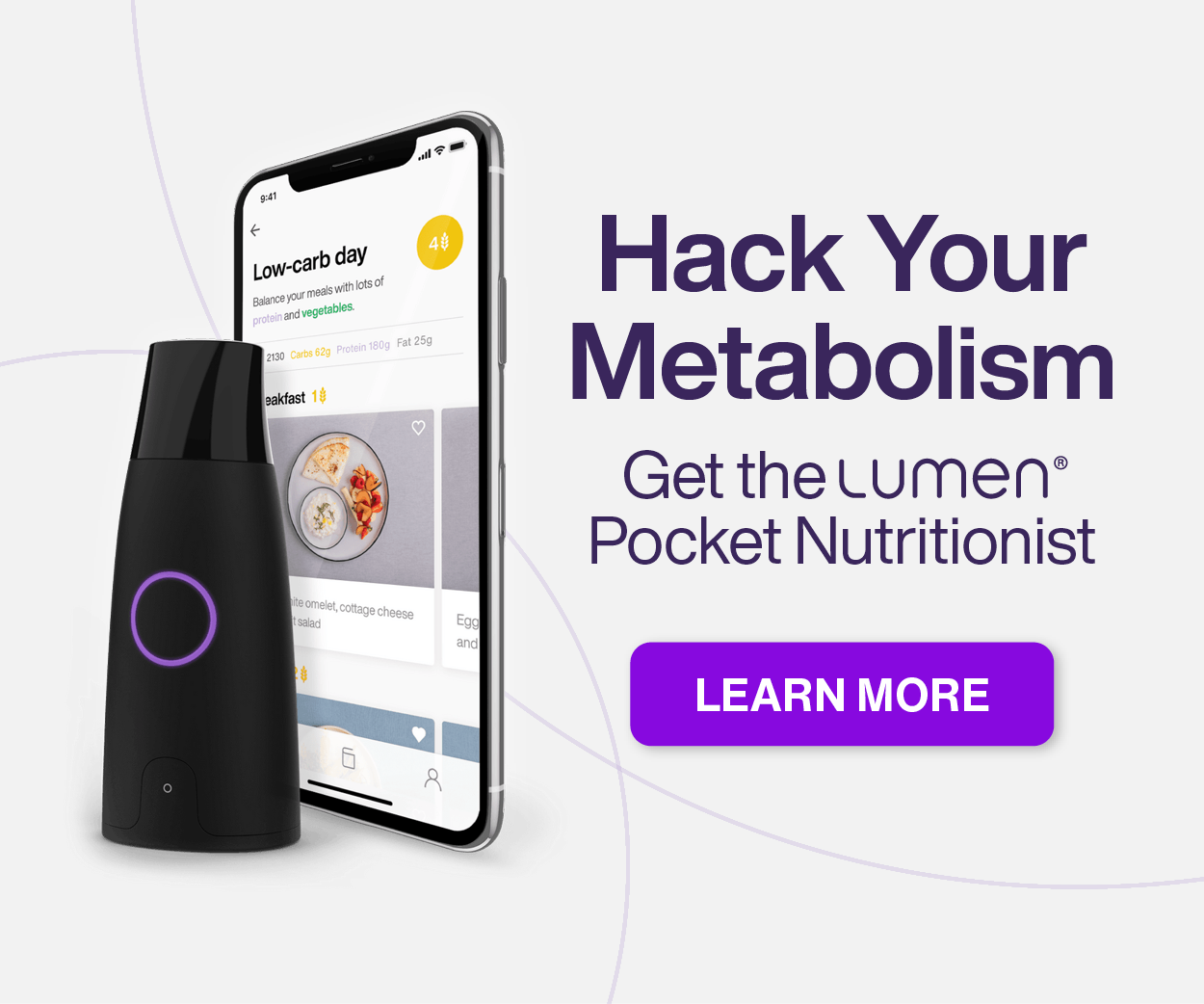Welcome to the first post in our Perfect Period Series: Eating for a Perfect Period. First, a few facts: what you do and do not eat/drink has a direct impact on how you experience your period. Mood swings, cravings, cramps, irritability and fatigue are all affected by your diet in the days leading up to and during your period. {Tweet it!} You cannot go on a pizza and beer binge the week before your period and expect smooth sailing come P-time. Our culturally engrained habit of ignoring our menstrual cycles in terms of dietary and lifestyle modifications is what makes America the land of PMS. You don’t get an award for pretending that you are just like the boys, don’t have a natural cycle. And you certainly don’t get any awards for needless suffering. You DO however get an amazing Organic Beauty Goddess award for being mindful of heeding the natural changes of your body’s needs! Select specific foods for your luteal phase (the weeks between ovulation and your period), your bleeding phase, and your follicular phase (from period to ovulation) to maximize your energy and health all month long, and lead you to a perfect period. Read on to find out how…
7 Fertility-Boosting Foods (And 2 Baby-Busting Foods!)
You probably know that eating a nutritious diet and living a healthy lifestyle (which includes exercising, keeping your weight under control, and cutting back on caffeine and alcohol, among other things) is a great way enhance the chance of conceiving and prepare your body for pregnancy. And if you’re already taking those steps, you are on the right path. What you may not know, however, is that researchers have found that beyond eating a generally healthy diet, there are some foods (fertility foods) that may be particularly helpful when trying to conceive. In addition to that, there are some unhealthy foods that may be especially harmful when trying to conceive. So while there is no one food that will guarantee pregnancy, there are definitely some foods you should you dig into (they’re good for you, and that’s a good enough reason) and other foods you should ditch.
There’s no need to feel deprived when you’re trying to get pregnant though, it is actually quite the opposite. Check out these foods that taste great and can help keep your body in top baby-making condition!
1. Whole Grains. You don’t have to give up carbs, just choose the right ones and you are fine. Complex carbohydrates like whole grain breads, brown rice, stone-ground cornmeal, and oatmeal don’t affect blood sugar and insulin as dramatically as refined carbohydrates (white bread, white rice, bleached flour, etc). And anything that’s good for insulin function is good for fertility.
2. Plant Protein. Protein from plant sources like beans, peas, and nuts have been associated with increased fertility, as opposed to protein from meat and poultry. Beans are also high in iron, another fertility-helper. There is no need to become 100% vegetarian while trying to have a baby, but do try to eat mostly seafood if eating protein from animals.
 3. Fresh Fruits and Vegetables. It is possible to explain how healthy and important fresh produce is for fertility? There are just so many reasons! First of all, it’s full of antioxidants, which promote general and reproductive health. Plus many fruits and vegetables like oranges and citrus fruits, strawberries and, green leafy vegetables are very high in folate (water-soluble B vitamin) which is an important nutrient to load up on before pregnancy to prevent birth defects.
3. Fresh Fruits and Vegetables. It is possible to explain how healthy and important fresh produce is for fertility? There are just so many reasons! First of all, it’s full of antioxidants, which promote general and reproductive health. Plus many fruits and vegetables like oranges and citrus fruits, strawberries and, green leafy vegetables are very high in folate (water-soluble B vitamin) which is an important nutrient to load up on before pregnancy to prevent birth defects.
4. The “Healthy” Fats: Monounsaturated, Polyunsatured, Omega-3 Fatty Acids.
Always remember this: Say no to trans fats and saturated fats and yes to monounsaturated and polyunsaturated fats, and omega-3 fatty acids. That is the rule of thumb when it comes to health! These fats reduce inflammation and insulin sensitivity. You’ll find them in avocados, nuts, sesame and pumpkin seeds, sardines, and salmon.
You can combine these foods in all sorts of ways to magnify the fertility-boosting impact of any meal or snack. Instead of a plain salmon sushi roll, order the one with avocado; add almond butter to your morning smoothie or switch to brown rice. It doesn’t have to be hard, those small changes will be very fertility-boosting!
5. Wild yams. Some experts think that this yummy Thanksgiving staple contains a substance that may help stimulate ovulation (amazing!). In fact, populations that eat a lot of wild yams have a high rate of twins. When it comes to fertility foods, this one may have double the effect!
6. Berries. Blueberries and raspberries are particularly packed with antioxidants, which help prevent damage and aging to your body’s cells, and this includes cells in your reproductive system–meaning your eggs. So a diet that’s rich in berries may help keep your eggs healthy and increase their shelf life.
 7. Oysters. The oyster is famous for being an aphrodisiac because it contains zinc, which is crucial for conception. Zinc deficiency can disrupt the menstrual cycle, as well as iron, and slow the production of good-quality eggs, but if you are not sure if you get enough through your diet you can get zinc from a good prenatal vitamin.
7. Oysters. The oyster is famous for being an aphrodisiac because it contains zinc, which is crucial for conception. Zinc deficiency can disrupt the menstrual cycle, as well as iron, and slow the production of good-quality eggs, but if you are not sure if you get enough through your diet you can get zinc from a good prenatal vitamin.
And the foods you should ditch:
1. High-mercury fish. Mercury has been linked with infertility. It’s also known to be harmful to the development of your baby, so you’ll want to avoid eating any high-mercury fish while trying to conceive, especially swordfish, king mackerel, tilefish, tuna steak, and shark.
2. Trans fats. Researchers have found that the more trans fats in a woman’s diet, the greater the risk is to develop ovulatory infertility. Trans fats (also called hydrogenated or partially hydrogenated oils, check the labels!) are found in processed and fried foods (packaged snacks and doughnuts, and millions of other items!). So read nutrition labels carefully to avoid trans fats, and stick to polyunsaturated fats (in fatty fish, walnuts, and sunflower seeds) and monounsaturated fats (such as olive oil).
Other natural ways to improve your fertility include:
1. Tracking Fertility. There are a number of natural family planning methods that can also help you to become pregnant. Keeping track of your cervical mucus, and using the Fertility Awareness Method will help you to become more aware of your body’s natural cycle (Try the cervical mucus method). Try keeping a fertility chart – this will raise your fertility awareness, allowing you to know exactly when you are actually ovulating (Many couples have difficulty getting pregnant because they are having intercourse at times when the woman isn’t ovulating. It is important to have sexual intercourse just before an egg is released, in order to maximize your chances of becoming pregnant!). You may also want to look into purchasing a fertility monitor, which can help you keep track of your conception calendar and dates. Good investment for you who want a little one! There are also lots of free tracking apps, like FemCal that track your fertility signs and let you know your peak times for conception b
2. Sexual Positions. If you are having difficulty becoming pregnant, you and your partner may want to experiment with different conception positions during intercourse. In order to become pregnant, your partner must deposit his sperm as close as possible to your cervix. Certain positions will allow this to happen more easily. Avoid having sex while standing, sitting, or with you on top, as this can cause semen to leak out of your body. Instead, try the missionary position, which allows for deeper penetration. Rear entry intercourse is also effective, as it allows your partner to deposit semen closer to your cervix. To keep any extra semen from leaking out of you, try elevating your hips for fifteen minutes or so after your have sex.
 3. Herbs. If you are having difficulty becoming pregnant you and your partner may want to look to herbs for fertility (Very effective!). Herbs have been used to promote fertility for thousands of years and can be considered to be a form of natural fertility medication. Because herbs can be very potent, it is important to speak with a registered naturopath, herbalist, or holistic practitioner before taking any herbal supplements.
3. Herbs. If you are having difficulty becoming pregnant you and your partner may want to look to herbs for fertility (Very effective!). Herbs have been used to promote fertility for thousands of years and can be considered to be a form of natural fertility medication. Because herbs can be very potent, it is important to speak with a registered naturopath, herbalist, or holistic practitioner before taking any herbal supplements.
– Vitex (Chasteberry): This herb works to increase fertility by stimulating the pituitary gland. This is the gland responsible for producing sex hormones like estrogen, progesterone, and testosterone. Chasteberry should help fertility by balancing the sex hormones. It is great for women with irregular cycles, a short luteal phase, or PMS.
– Dong Quai: Dong Quai is a Chinese fertility herb, long-used to solve menstrual difficulties. It also helps to balance estrogen levels in the body and improve chances of implantation.
– Maca Root: Maca has been used as a fertility supplement for thousands of years! Maca contains over thirty different minerals and over sixty different phytonutrients. While Maca itself does not contain hormones, it can help to affect hormones in both men and women, making it a valuable supplement. Maca supports the balance of hormones in the body and also supports the thyroid, and normal sexual function. Maca is also able to increase stamina, energy and mental clarity, making it a very valuable supplement indeed. It has been shown to help with a lot of the essential body processes that are necessary for fertility, such as supporting the function of the pituitary gland and other vital body processes.
– Red Raspberry Leaf: Red Raspberry Leaf Tea has become one of the most popular herbal “fertility teas” that women are using to help them conceive. The red raspberry leaf is the green leaf that is found on the raspberry plant. It has been used for thousands of years, starting long ago with the ancient Greeks and Romans to cure various sicknesses and ailments. These days, it is a popular herbal treatment for fertility and can help with various problems throughout pregnancy since it prepares your uterus, as well as boosting overall nutritional intake since the leaves are high in carotenoids, citric acid, tannins, vitamin A, B complex, C, and E. They also have an easily assimilated form of iron, calcium, phosphorus, potassium and silica.
4. Exercise. This one seems to work on every single condition, but yes people, moderate exercise can also be a good natural fertility treatment. When combined with a balanced and nutritious diet mentioned above, exercise can help you to maintain a healthy body weight. Excess body fat can increase the amount of estrogen in your body, throwing the female fertility cycle out of balance. Exercise helps to burn off this excess body fat, allowing hormone levels to return to normal. It is best not to overdo exercise since over exercising can actually impair fertility. Try low impact aerobic workouts like walking, swimming, cycling, pilates and yoga (Check out the amazing benefits of yoga for women’s fertility here!) Balance within is everything!
Good luck! If you need any help getting that right balance in life, don’t hesitate to schedule your free consultation with holistic health counselor Natasha Uspensky!
Good vs. Bad Bacteria – How To Maintain Balance In Your Gut
By: Stephanie Heino
The human body plays host to a number of micro-organisms, most of which are our friends. But we do have some that create imbalances which show up in your overall health. Our colon has the largest microbial community in the body, and this is where the micro-organisms live. In this part of the body, the bacterial population usually doubles once or twice a day. Many of these bacteria are, of course, also eliminated during the course of the day, so that a healthy balance is maintained. Under normal circumstances, the microbial community in the colon – which includes more than 300 different species of micro-organisms – regulates itself. These micro-organisms normally prevent infection and growth of “bad” bacteria (parasites like Salmonella and clostridia, for instance), and have a positive effect on nutrition.
However, the intestinal flora of the colon can very easily be disturbed. This may change the balance of normal micro-organisms in the colon greatly. Several factors, like stress, altitude changes, starvation, parasitic organisms, diarrhea, and use of antibiotics, could contribute to such an imbalance.
When the balance is disturbed, one can become susceptible to disease. In these circumstances, boosting the numbers of “good” bacteria present in the gastrointestinal tract can be particularly useful. This is where probiotics come into play. Probiotics are microbial foods or supplements that can be used to change or improve the intestinal bacterial balance to boost the health of the host. The most common forms of probiotics include Lactobacillus and bifidobacteria. These good guys destroy the overgrowth of toxic bacteria by competing for attachment sites and nutrients in the gastrointestinal tract. Lactobacillus and bifidobacteria also produce organic acids that reduce the intestinal pH and retard the growth of “bad”, acid-sensitive bacteria.
If you are like me, and aren’t a fan of fermented dairy products, there are tons of other forms of fermented foods, such  as sauerkraut (white cabbage cut finely, salted and fermented in its own liquid shown in picture) or kimchi, miso (a thick paste made from fermented and processed soy beans) and tempeh (a dish made from split soybeans and water), which are also cultured with Lactobacillus, bifidobacteria, and other forms of beneficial bacteria. However, the potency and number of live organisms in commercial products may vary greatly. And many manufacturers are finding it difficult to overcome technical problems, especially in terms of keeping the micro-organisms alive under unfriendly conditions.
as sauerkraut (white cabbage cut finely, salted and fermented in its own liquid shown in picture) or kimchi, miso (a thick paste made from fermented and processed soy beans) and tempeh (a dish made from split soybeans and water), which are also cultured with Lactobacillus, bifidobacteria, and other forms of beneficial bacteria. However, the potency and number of live organisms in commercial products may vary greatly. And many manufacturers are finding it difficult to overcome technical problems, especially in terms of keeping the micro-organisms alive under unfriendly conditions.
When it comes to intestinal health, we also need to consider prebiotics, which are non-digestible carbohydrates that act as food for probiotics. When probiotics and prebiotics are combined, they form a symbiotic relationship. Prebiotics include foods like dietary fiber that nourish the beneficial micro-organisms in the gut. It is therefore essential to include enough fiber in the diet by eating fruit, vegetables and whole-grains, as well as bananas, onions, garlic, honey and artichokes.
So if you are not a fan of dairy (like me!) make sure to get enough of these foods, or choose a dietary supplement like NOW Dairy-Free Probiotic-10. You don’t necessarily need probiotics to be healthy. However, these microorganisms may help with digestion and offer protection from harmful bacteria, just as the existing “good” bacteria in your body already do.
Probiotics may help to:
- Treat diarrhea, especially following treatment with certain antibiotics
- Prevent and treat vaginal yeast infections and urinary tract infections
- Treat irritable bowel syndrome
- Reduce bladder cancer recurrence
- Speed treatment of certain intestinal infections
- Prevent and treat eczema in children
- Prevent or reduce the severity of colds and flu
Quick & Yummy Macro Brown Rice Porridge
Alicia Silverstone is not only one of my absolute favorite silver screen starts (I miss you!! Come back!!), but she is also one of my favorite diet gurus. Her book, The Kind Diet, was a big reason behind my decision to become (mostly) vegan, and her recipes have had a lasting influence on my cooking. The following recipe is inspired by her soft rice porridge recipe. It’s super fast, healthy, and is a great way to get some whole grains in at breakfast!
Macrobiotic Brown Rice Porridge
1 cup cooked brown rice (or 1/2 cup brown rice flakes)
1/2 cup water if using cooked rice, or 2/3 cup water if using brown rice flakes
5-6 dried unsulphured apricots, chopped
1/2 tbsp tamari
1/4 cup raw pumpkin seeds
Raw, organic agave to taste–1 tsp is typically enough
1 tsp umeboshi plum paste (optional)
Boil bring water and apricots to a boil. Add rice and cook until it reaches a porridge consistency (typically about 3 minutes). In the meantime, toast pumpkin seeds in a small pan over medium heat, until they start to pop and lightly brown. When they’re browned, transfer to a small bowl and add tamari. When rice is almost done, stir in agave and umeboshi paste, if using. Serve rice topped with tamari pumpkin seeds.
I’ll upload a photo when I make it again next week!














